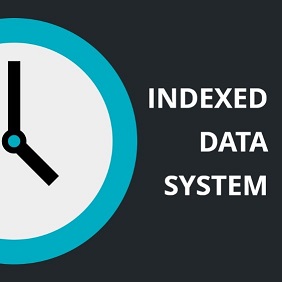
Getting the Most out of HotDocs: Number 5 – How to Make Your Templates More Dynamic
One of the primary purposes of using HotDocs in your workflow is tosave time. In the end, though, the degree to which a HotDocs template saves you time is in direct proportion to how much effort goes into its planning and development.
For example, some of the most complex document templates are estate planning documents such as wills and trusts. The interview for these types of templates collects information about the client, the client’s spouse, children, other family, friends, and institutions. This information, in turn, is called for in the selection of executors, beneficiaries, trustees, and so forth. Normally, a user would be obliged to enter the same information again for each role, as each role might be filled with one or more of the same people. For example, if one of the children (whose details we have already gathered) is to be a beneficiary of the estate, then in the Beneficiary dialog, the user would have to enter the information of the child in question again. But with a little planning and the use of what we call an “Indexed Data System,” involving dynamic multiple choice variables, you can eliminate this requirement and create templates that save even more time.
Although HotDocs consultants have been using something like this Indexed Data System for over twenty years now, it was Lee Knight, an independent HotDocs consultant, who came up with the name “Indexed Data System” and formalized one approach tosetting it up. Recently, I used Mr. Knight’s indexed data system as a starting point to develop estate planning templates for a large law firm in Canada. I created a master interview that allows the user to select up to three levels of fiduciaries, whether they be executors, attorneys, or trustees, from a list of estate plan participants. It has worked wonderfully! And it is saving the client lots of time.
What is the “Indexed Data System”?
The main idea behind this system is that you enter the information you need in one place in the interview and then you draw from that list of information in subsequent dialogs. So the first thing you do is set up a master list that captures the parties to the estate plan. This will include the client, his or her spouse, children, other family, friends, and so on. Then you create the means for users to draw from that information. To do this, you create multiple-choice selector variables to be containers for the list of the party names in your list. You can create as many as you need. Usually, these represent the roles the people or institutions in the master list will play in the estate plan—Client, Spouse, Child, Beneficiary, Trustee, Executor, and so forth. Then, in a computation that is called in your master interview computation, you populate those multiple-choice selector variables with the names of those listed in your master list, as well as the number of their respective position, or index, in that list. When users click on one of these drop-down selector fields, they will see the names from the master list, but what theyactuallyselect will be the index position in the list of the person selected.
Now, for the estate planning project that I worked on, I put the drop-down selector fields for the fiduciary roles in respective repeating dialogs and then embedded them as a spreadsheet on a fiduciary dialog page. This allows the user to select more than one fiduciary using the drop-down options. As for what happens on the face of the document, it’s a little tricky, but genius. If I want to list the initial attorneys for a Power of Attorney, then I set up aRepeat Fieldto call the list of initial attorneys. But instead of using the initial attorney drop-down selector field variable between the opening repeat field and the closing end repeat, I use the party name variable from theoriginal master listalong with an ID index computation that indicates which party from the list we’re talking about. (Lee Knight talks about the ID index computation in his blog post mentioned above.) So it looks something like the following:
I appoint <<REPEAT POAPropClientAttorneysInitial:a, b, and c>><<PartyToEstateNameFull[POAPropClientAttorneyInitialID]>><> to be my attorney for property.
How Do I Implement This in My Template?
Retrofitting an existing template may be more difficult, but not impossible. Starting with a fresh set of documents that you are converting into HotDocs templates is probably the better way. Either way, you can benefit from having one of our trained consultants set up this indexed data system for you. For further information on how we can make your documents more dynamic, pleaseget in touchorschedule an online demowith the HotDocs team today.